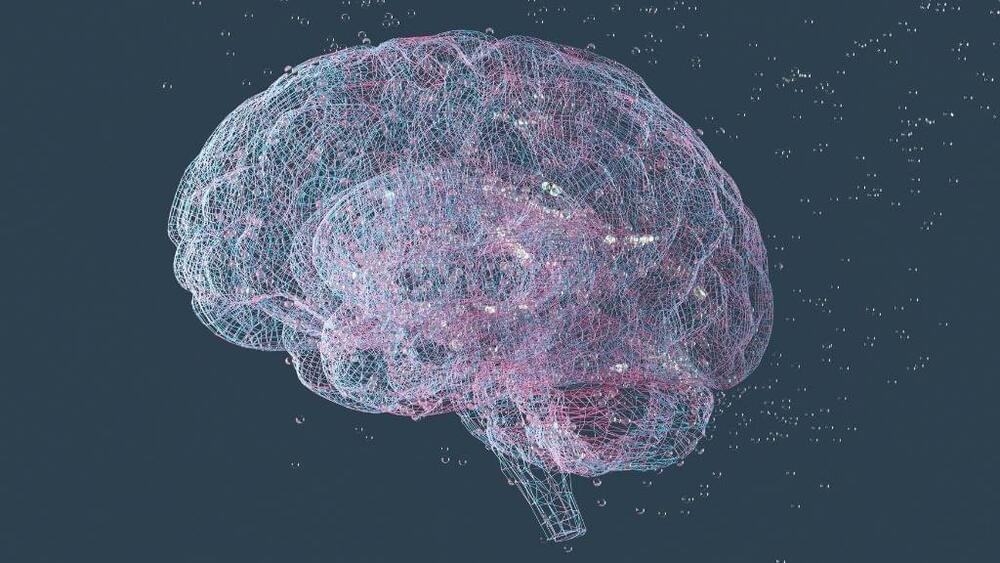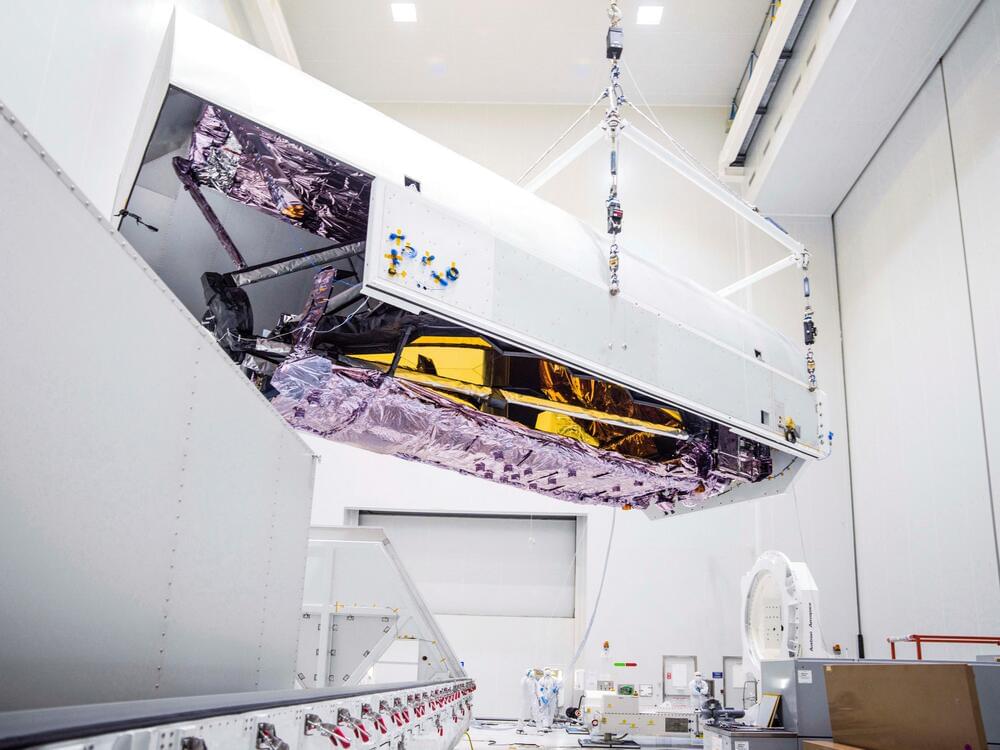A new study, led by researchers from the University of California, Irvine, identifies a reason for why older adults are significantly more susceptible.
Small clinical trial suggests new, simple twist on cell therapies for cancer.



“Working memory” is a critical cognitive process.
The “secret code” the brain uses to create a key type of memory has finally been cracked.
This type of memory, called working memory, is what allows people to temporarily hold on to and manipulate information for short periods of time. You use working memory, for example, when you look up a phone number and then briefly remember the sequence of digits in order to dial, or when you ask a friend for directions to a restaurant and then keep track of the turns as you drive there.


In a remarkable development, the National Aeronautics and Space Administration (NASA) ‘holoported’ the first human being into space late last year. Holoportation is the process through which a three dimensional holographic representation of an individual is created, in a combination of a ‘hologram’ and ‘teleportation’. NASA revealed the development late last week, as it announced that it had transported flight surgeon Dr. Josef Schmid, mixed and virtual reality firm AEXA Aerospance’s chief executive officer Dr. Fernando De La Pena Llaca and others to the International Space Station (ISS) during October 2021 while the ISS was orbiting the Earth at an altitude of 250 miles above the Earth’s surface.
NASA Uses Microsoft’s Hololens Konnect Camera To Create Live Hologram of Flight Surgeon In Space
The event place last year when NASA’s Crew 2 astronauts were present on the ISS. The astronauts took to the skies in April last year and returned in November, soon after Dr. Schmid and others were holoportated to the orbiting space laboratory.

For World Quantum Day, the Google Quantum AI team is introducing people to the world of quantum computing by teaming up with Doublespeak Games to make The Qubit Game, a journey into quantum computing.

The JWST has been gradually cooling down ever since its successful, but the telescope took a major step forward on that front when it its massive 70-foot sunshield at the start of the year. That component allowed JWST’s systems, including its critical Mid-Infrared Instrument (MIRI), to drop to a temperature of approximately minus 298 degrees Fahrenheit (or about minus 183 degrees Celsius).
Getting the JWST to its final operating temperature required NASA and the European Space Agency to activate the telescope’s electric “cryocooler.” That in itself involved passing a technical hurdle dubbed the “pinch point,” or the stage at which the James Webb’s instruments went from minus 433 degrees Fahrenheit to minus 448 Fahrenheit.
“The MIRI cooler team has poured a lot of hard work into developing the procedure for the pinch point,” said Analyn Schneider, MIRI project manager for NASA’s Jet Propulsion Laboratory. “The team was both excited and nervous going into the critical activity. In the end, it was a textbook execution of the procedure, and the cooler performance is even better than expected.”

After launching late last year, NASA’s revolutionary James Webb Space Telescope is finally getting ready to fixate its numerous golden mirrors on distant targets.
Intriguingly, though, one of its 13 early targets isn’t so distant at all — at least in the grand scheme of things. It’ll be looking at Jupiter, the iconic gas giant in our own star system. Of course, we already know quite a bit about the planet already— so why investigate it using the JWST if it can have a closer look at far more distant objects?
“We’ve been there with several spacecraft and have observed the planet with Hubble and many ground-based telescopes at wavelengths across the electromagnetic spectrum (from the UV to meters wavelengths),” Berkeley astronomer Imke de Pater, leader of the Jupiter observation team, told Digital Trends, “so we’ve learned a tremendous amount about Jupiter itself, its atmosphere, interior, and about its moons and rings.”
More than 13 months after the Perseverance rover landed on Mars (on 18 February 2021), the rover’s cameras have finally spotted some of the parts of the Mars 2020 landing system that got the rover safely to the ground.
The parachute and backshell were imaged by Perseverance’s MastCam-Z, seen off in the distance, just south of the rover’s current location. The image was taken on Sol 404, or 6 April 2022 on Earth.
Normally, the rover might have taken a brief side-trip early on in the mission to take images of the remains of the landing system. But Perseverance had to drive around some hazardous terrain to get to a large area of Jezero Crater that the science team wanted to study, called South Séítah.